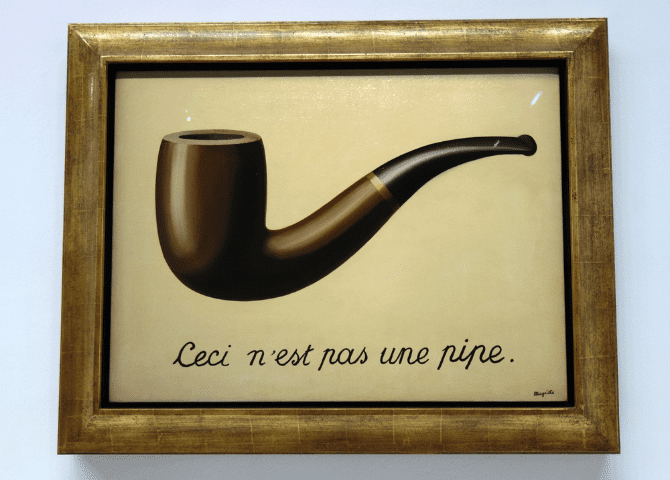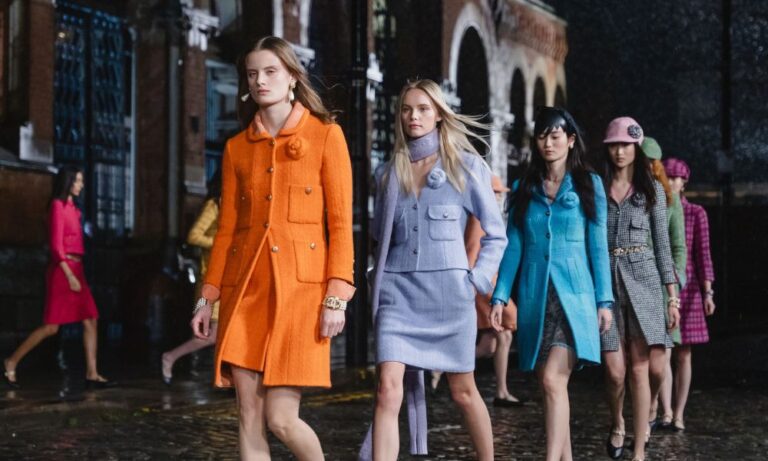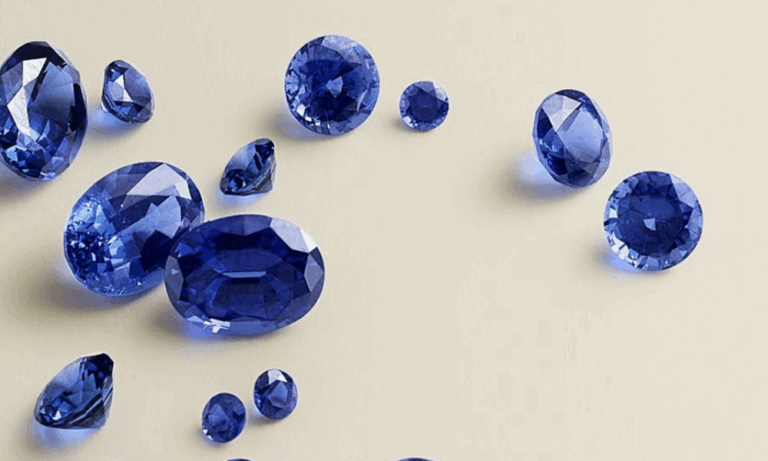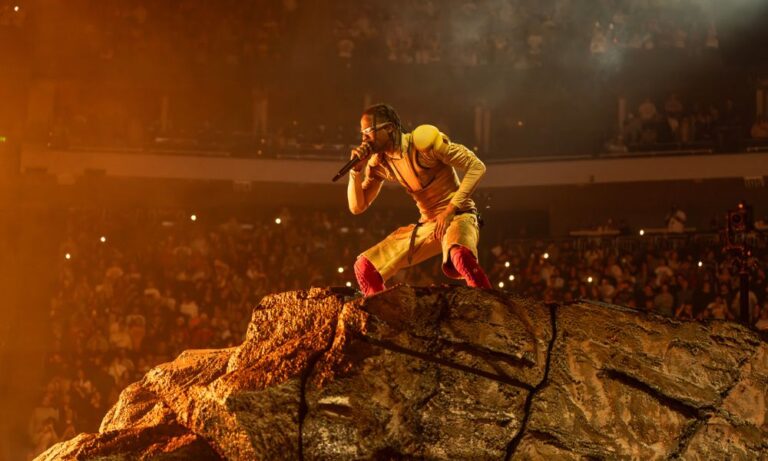-So, what do you see?
-Hmm, well I see a pipe!
-Not really! It’s not just a pipe! It’s Art!
Why does such a short word hold so many meanings? “Art”
I’m not asking for the official definition like the one you find in a dictionary, but rather to decipher the thin line that separates art from everything that is not! Is art defined by all that is beautiful or eye-appealing? Is it gender-based? Does it need to be original? Does it have a purpose or seeks to be understood? Is it produced by a limited and specific kind of materials?
Or perhaps we shall contemplate Edger Degas’s quote stating that “Art is not what you see, but what you make others see.” Do you agree or disagree with this statement?
Usually when we hear the word “Art”, our minds tend to automatically think of museums; La Joconde, the Sistine Chapel and we may also refer to historical artistic movements. This thought process leads us to believe that Art, in its complexities, is exclusively for intellectuals or is strictly linked to an artistic-focused community and that one cannot enjoy or be interested in Art unless he or she has a strong cultural background… or The Tate Modern Pass in our wallet!
Art in its definition will always be controversial, and yes, there will always be debates about what it is and what it’s not! Whether we are aware of it or not, the fact of the matter is that we allow art to affect our lives and shape them one way or another. The reasons behind utilizing or creating art are countless, it is simply an ever-growing part of life.
Look around you, there is art everywhere! Start with yourself then scan your environment, it is all based on artistic principles. Art is the greatest achievement of human evolution; It has the power to educate people, promote cultural appreciation, accesses higher missions of thinking and break cultural, social, economic and political barriers. Art is in itself an extension of our visual language, just like the spoken languages, it has its variations and local dialogues. Every society, every culture, every family unit, and every individual have their own version of a visual dictionary, a collection of symbols that they recognize with their meaning. Just like the variations in spoken languages, there are great variations in visual languages. Here is why art is expressed differently across the world, whether it be painting, sculpture, theatre, photography, fashion and even food.
YES! Art is a universal language because it is just another form of human communication and perception, of course, it is also very much open, subjective, debatable. Give art and it will give you back!
Many times, in history, have we heard of people being criticized, threatened, censored, and even killed because of their art! This explains the power it holds! Strong or weak emotions, important or irrelevant, good or bad; if art affects the reader, the spectator, or the listener, therefore, it attains the function of art. Yet, Art is about risk. Is it original? Yes, Its form of expression always is.
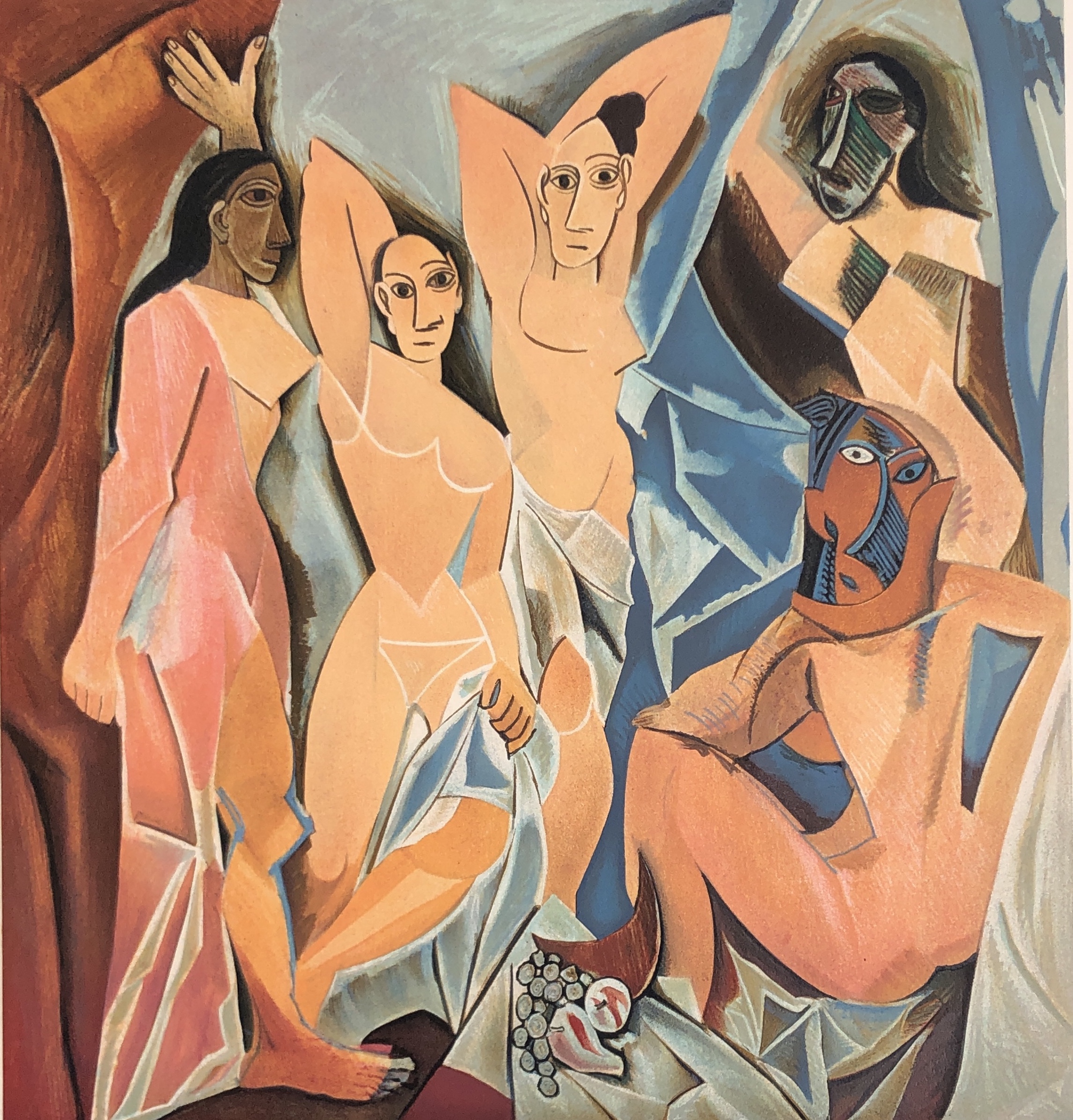
by Pablo Picasso
1907
Speaking of perception, I cannot help but mention the infamous story of Marcel Duchamp’s “Fountain” that was in brief a urinal! Duchamp entered his “Fountain” into an exhibition in Paris in 1917 intending to poke at the art establishment. His plan did not go through and he was faced with rejection! The artist’s uncertain argument about why a urinal should be considered “art” didn’t convince the exhibition curators and the urinal was removed from the gallery. Though rejected, his unconventional idea opened the flood gates for countless unskilled artists to also claim that piles of bricks, tires, dirty nappies, rumpled beds, pickled fish, piles of sticks, balloons were actually an art in form of sculpture and considered challenging the boundaries of what should be considered to be Art.
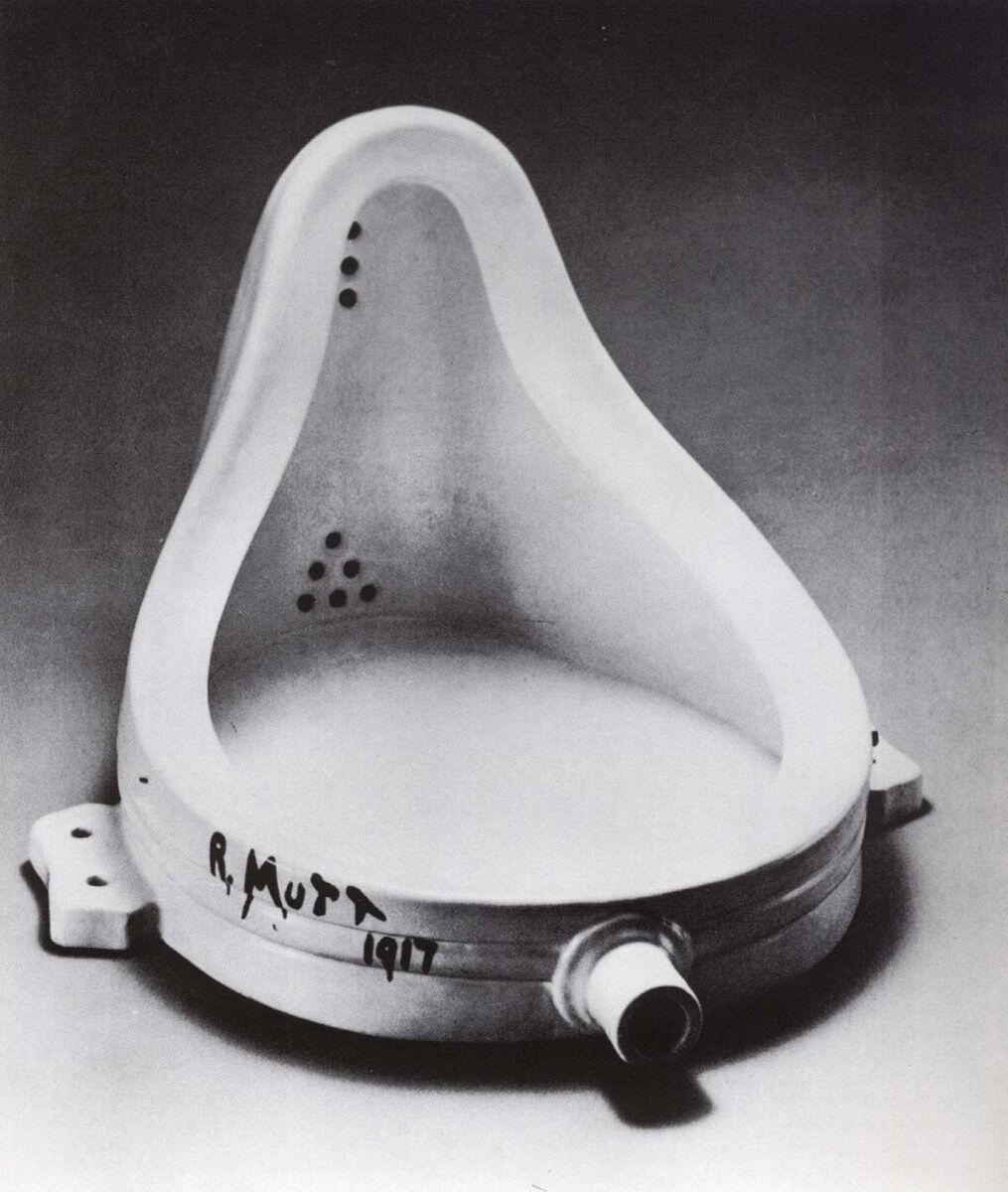
Sculpture by Marcel Duchamp
1917
So briefly and simply, what we take from Marcel Duchamp’s “Fountain” is that a given thing is art if people say it is. It’s all about perception and how you choose to integrate art in your life. Believe it is, and it shall be!
The truth is that art is more than just a practice, it is a way of life. Art is more than just a skill; it is a passion. Art is more than just an image; it’s a story. Art is not always beautiful and joyful, it can also be incredibly painful to observe or create. Art is for only the one who wants to experience it and is willing to stretch the limitations of their mind. More often than we realize, Art can be found in places all around us; a song, a dance, a beautiful dish of food, in nature and even in people and finally, “great art always defies the rules and breaks the equilibrium” so I repeat the words of Kandinsky “There is no must in art because Art is free”, maybe this is a definition after all!!! So, feel free to create or re-create, inspire and be inspired…till Death let’s do Art!
#VivaVivaelArte”
